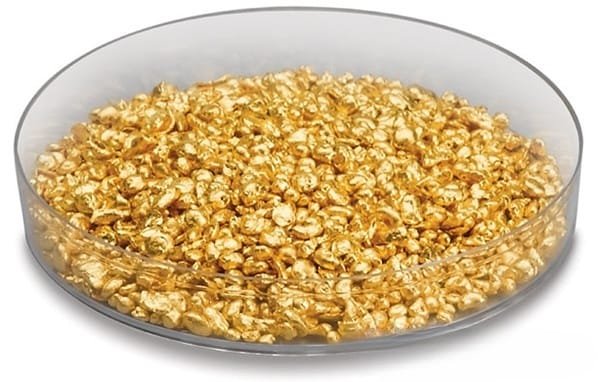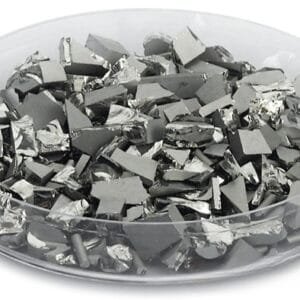Gold Evaporation Materials Description
TFM is a top manufacturer and supplier of high-purity germanium evaporation materials, offering a broad selection of other evaporation materials as well. Our products are available in powder, wire and granule forms, with customizable options to meet specific requirements.

Gold Evaporation Materials Specification
| Material Type | Gold |
| Color/Appearance | Gold, Metallic |
| Purity | 99.9% ~ 99.999% |
| Shape | Powder / Wire / Granule/ Custom-made |
| Thermal Conductivity | 320 W/m.K |
| Melting Point | 1,064 °C |
| Synonyms | Au Pellets, Au Pieces, Au Evaporation Pellet, Au Wire, Gold Wires, Gold Pellets, Gold Pieces, Gold Evaporation Pellet |
Gold Evaporation Materials Applications
Gold evaporation materials are widely used in high-precision applications such as microelectronics, semiconductors, optical coatings, and aerospace components. Thanks to gold’s excellent conductivity, reflectivity, and resistance to oxidation, it is ideal for forming thin, uniform films in processes like PVD (Physical Vapor Deposition) and e-beam evaporation. Typical uses include circuitry in integrated chips, reflective coatings in optics, and bonding layers in MEMS and solar cell technologies.

 MSDS File
MSDS File



Reviews
There are no reviews yet.